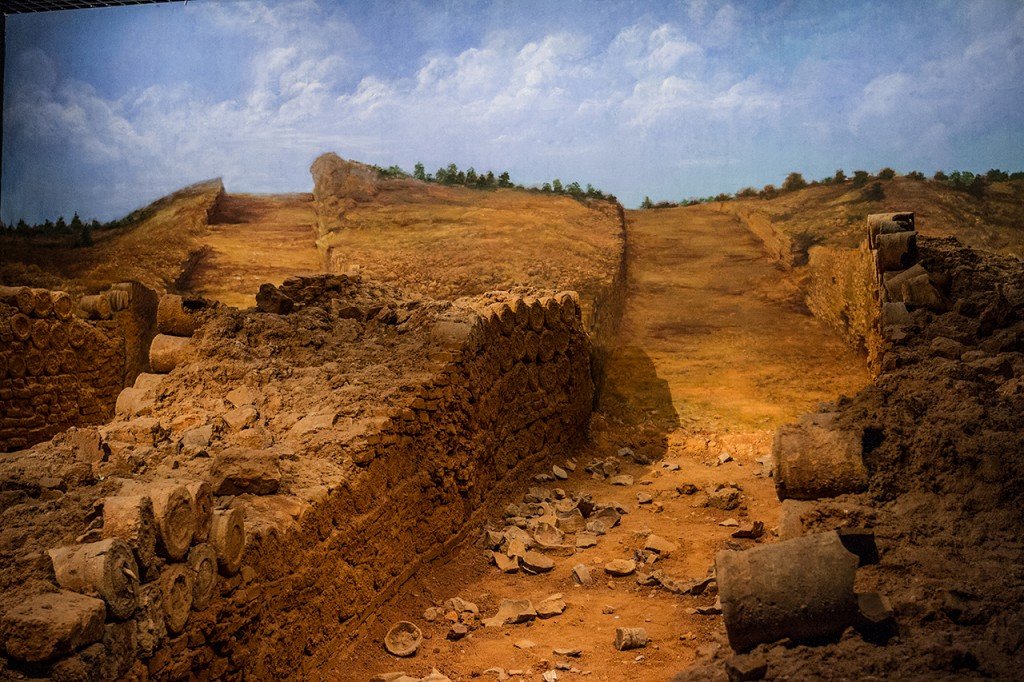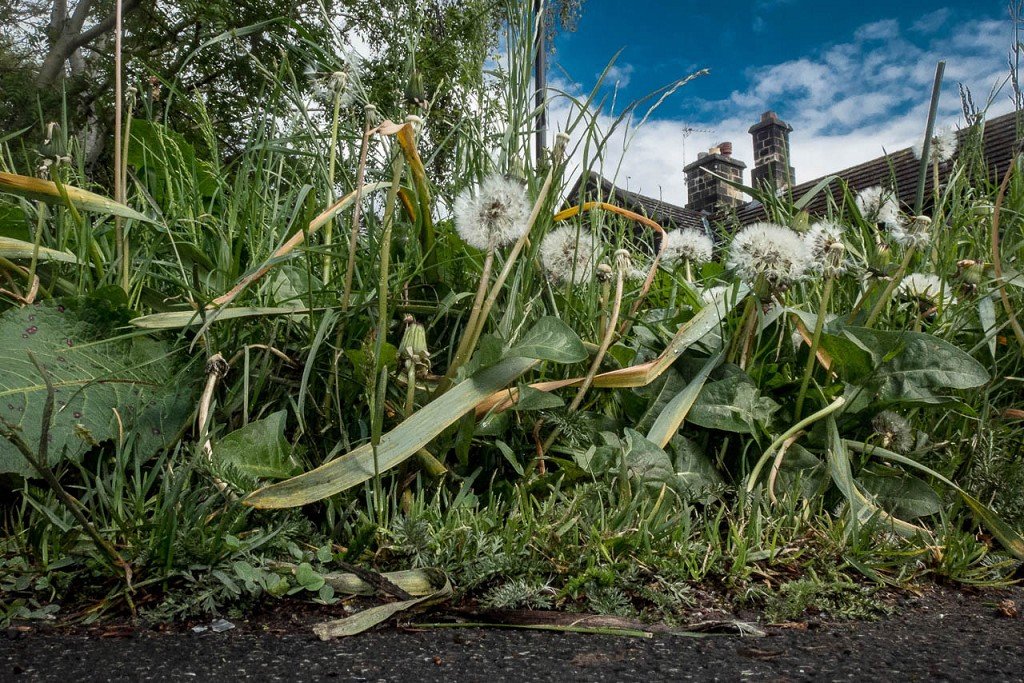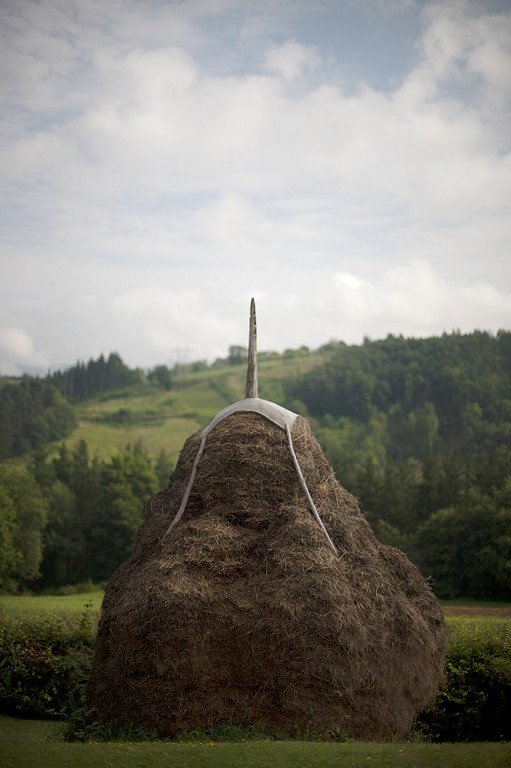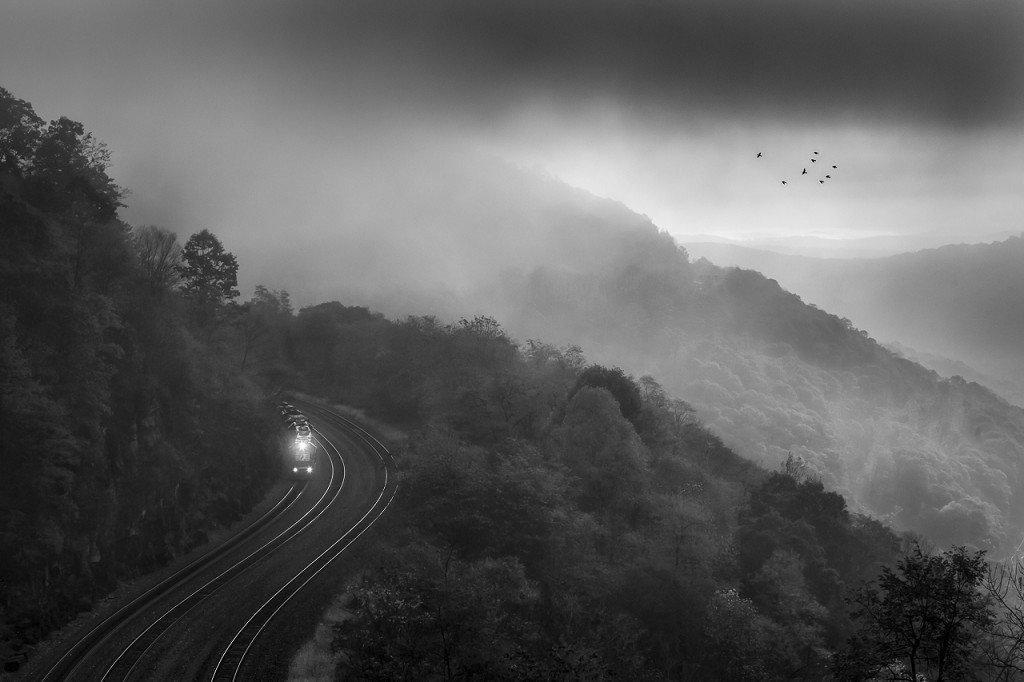EXHIBITION DETAILS
Landscapes
May 19 - July 1, 2017
Artist Talk and Reception - May 19, 5:30 - 8:00 PM
STATEMENT
The history of landscape photography stretches back to the very beginning of the medium. Almost 180 years later, the genre is still not exhausted, despite its ubiquity. Searching that history, one will quickly come to realize that a landscape is never a neutral image.
Landscapes have long connoted ideas as diverse as nationalism, mythology, identity, politics, and power. To say that a landscape is a study of color and light is to miss the point. Our nature as humans, our culture, and our ideologies are written in the passages of trees, the sandy dunes, and the broad grasslands that come before the lens. The task of the photographer is to reveal these ideas through the visible world of forms.
In 1971, noted American photographer Walker Evans was asked what “makes a good photograph.” Evans did not hesitate in his answer; “It’s as though there is a wonderful secret in a certain place and I can capture it. Only I can do it at this moment, only this moment and only me.” As Evans makes clear, it takes a unique artistic vision to reveal the secrets of a place. Too often, landscapes appear formulaic. Take a trip to any coastline or national park and you’re sure to encounter stops for “Scenic Views,” “Lookout Points,” or most blatantly, a sign encouraging you to “Take Photos Here” Yet, not much is revealed in this endless repetition of imagery. As Andy Warhol would stress with his silkscreens, “The more you look at the same exact thing, the more the meaning goes away.” This is not to say that every landscape must depict a radically new scene, but rather that it should attempt to convey something new.
It must—to borrow from Evans—reveal a secret that only the unique mind behind the camera can capture. The history of landscape photography is long. Yet, there is much more to be said.
-Lisa Volpe
















































